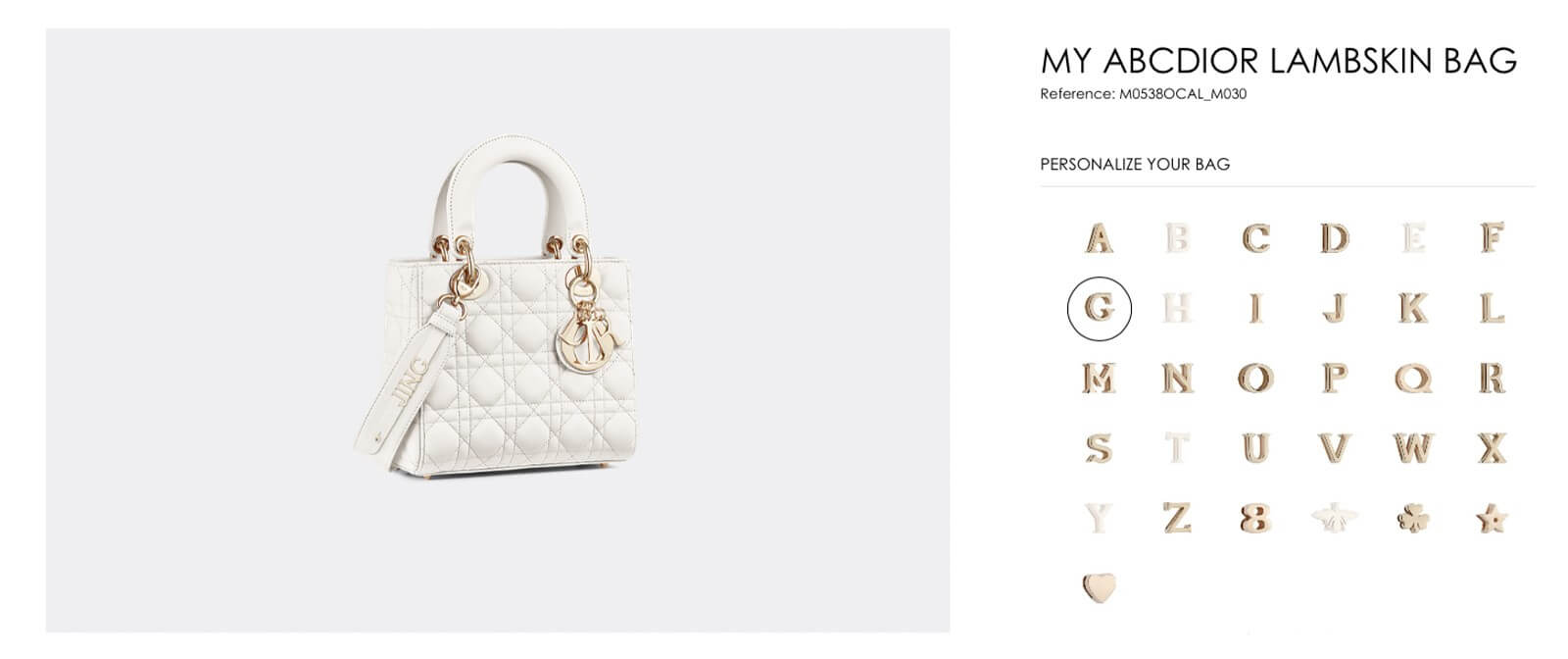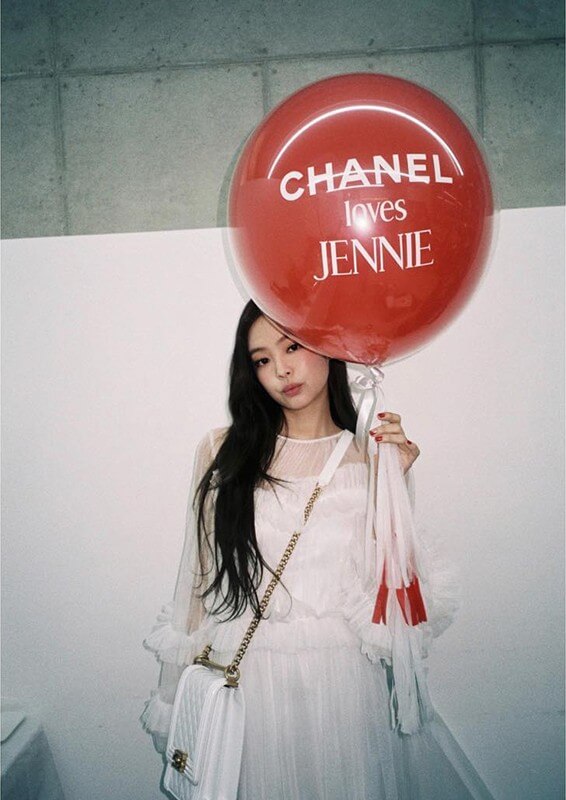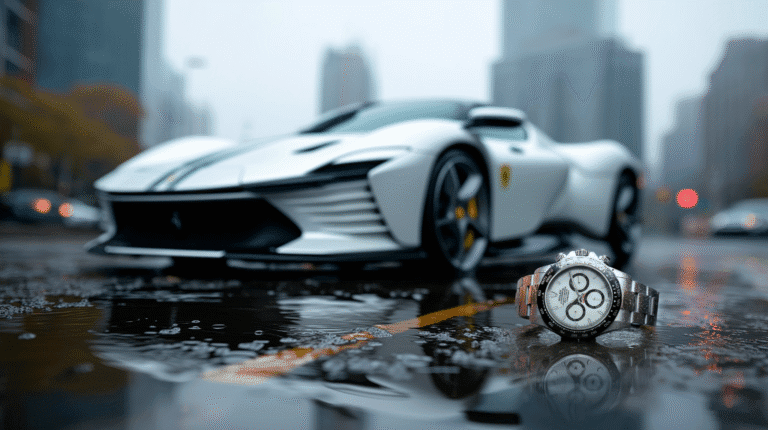Over time, labels like Gucci, Louis Vuitton, and Chanel have crowned themselves as luxury brands. Their products exude a feeling of indulgence and worth to their target audience. However, as consumers increasingly move online, the luxury industry has found the need to evolve its digital marketing strategies.
As a luxury brand, you can no longer count solely on their skilled craftsmanship, quality materials, or high exclusivity to entice the consumer world. To match the legacy and exclusivity of luxury labels, a new digital marketing method is becoming popular in recent years. The new digital strategy largely consists of 3D technologies and their outputs such as 3D images, animation, AR, and VR tours.
These 3D trends are not only easy to create and implement, but also help luxury brands tap deeper into their consumer world. To give you a closer picture, consider the impact created by our recent collaboration with Korea’s leading luxury skincare brand, The history of Whoo.
- Every customer spent 7 minutes on average, exploring the virtual space.
- Contrary to conventional methods, visitors on the VR tour spent 4 more minutes interacting with the product.
It is clear, that luxury brands gain more insights into consumers’ preferences while enjoying high exposure among the audience. In short, digital spaces and 3D technologies are going to become an essential part of luxury brand marketing.
Start your first 3D marketing campaign by downloading our FREE virtual spaces guide.
You can discover the following in this blog:
Why are Luxury Brands Altering their Strategies?
Gen Z as New Consumers
Generation Z is now entering the workforce. This digitally native generation is becoming the main driver of the luxury industry. Consumers from this generation have different perceptions and preferences.
Innovation and the convenience of purchasing capture them more than the aesthetics or high-grade materials of a product. Also, these consumers are more conscious of ecological changes happening around them. They favor brands that give enough importance to the Earth and its well-being.
Rise of E-Commerce
Digital commerce accelerated after the unexpected Covid-19 pandemic in 2020. Paired with the shift in the customer spectrum, the exponential rise in e-commerce poses a challenge to luxury brands. These brands can no longer overlook the benefits of digitalized shopping. Through online promotions and sales, they have wider accessibility, more discoverability, and a better way of connecting with their target customers.
Need for Customization
Consumers now prefer products with customization and individuality over limitedness or rarity. The need to express themselves through their purchases increases with the continual social media presence in everyday life. As a result, luxury brands are offering personalized products to improve user experience and brand loyalty.
Drive for Digital Collectibles
As digitization takes over the world, high-end consumers can only adapt to the changing trends. The craze for digital assets like NFTs, virtual clothing, and technologies like augmented reality and VR that support them is increasing over time. Your luxury brands have to pay attention to these digital trends and properly implement them into their marketing strategies.
Demand for Sustainability
More than ever, affluent consumers are more concerned with the drastic effects of climate change. This year alone has proven the dire need for everyone to come together to reverse the effects. As one of the prominent industries, the luxury sector has a more considerable responsibility to strive towards sustainability. These brands have to innovate, create and promote eco-friendly products, thereby supporting green living.
Latest Trends in Luxury Brand Marketing
Extensive Digital Advertising
In 2020, there were 3.96 billion social media users with a daily average of 2 hours 24 minutes spent on social media platforms. However, using social media channels for luxury brand marketing contradicts the traditional luxury brand philosophy of exclusivity. Nevertheless, luxury brands have embraced social media to showcase their products globally. All luxury brands are now advertising through Instagram, TikTok, Facebook, and Twitter.
Collaboration with Influencers
Luxury brands are venturing into the rising trend of influencer marketing. Pairing up with popular influencers on social media, luxury brands can share their brand stories and reach various demographics. Nearly 66% of luxury brands are now working with influencers while staying true to their core values.
Philanthropic Repositioning
Values are a pivotal factor in deciding whether the younger audience will associate themselves with a luxury brand. As previously mentioned, this new audience is more conscious of the environmental and social impact of their purchases. Hence, luxury brands are repositioning themselves through these values. One such instance is Gucci’s efforts in producing more environmentally-friendly eyewear from castor oil seeds in 2011.
Virtual Try-on
Luxury brands are steadily embracing the increasing trend of a convenient purchase experience. Consumers are now inclined towards buying from the comfort of their homes as physical stores continue to lose their luster. Therefore, brands have turned to virtual try-on to improve user experience with an added trace of fun. Consumers can try numerous virtual products from their screens at their convenience.
The New Direction of Luxury Brand Marketing
The luxury industry is reevaluating how they communicate and interact with their audience. Luxury brands are now balancing their traditional values with the escalating need to adapt to modern digital advertising. A hybrid model combining both conventional and digital advertising can be the key to keep up their first-rate status.



